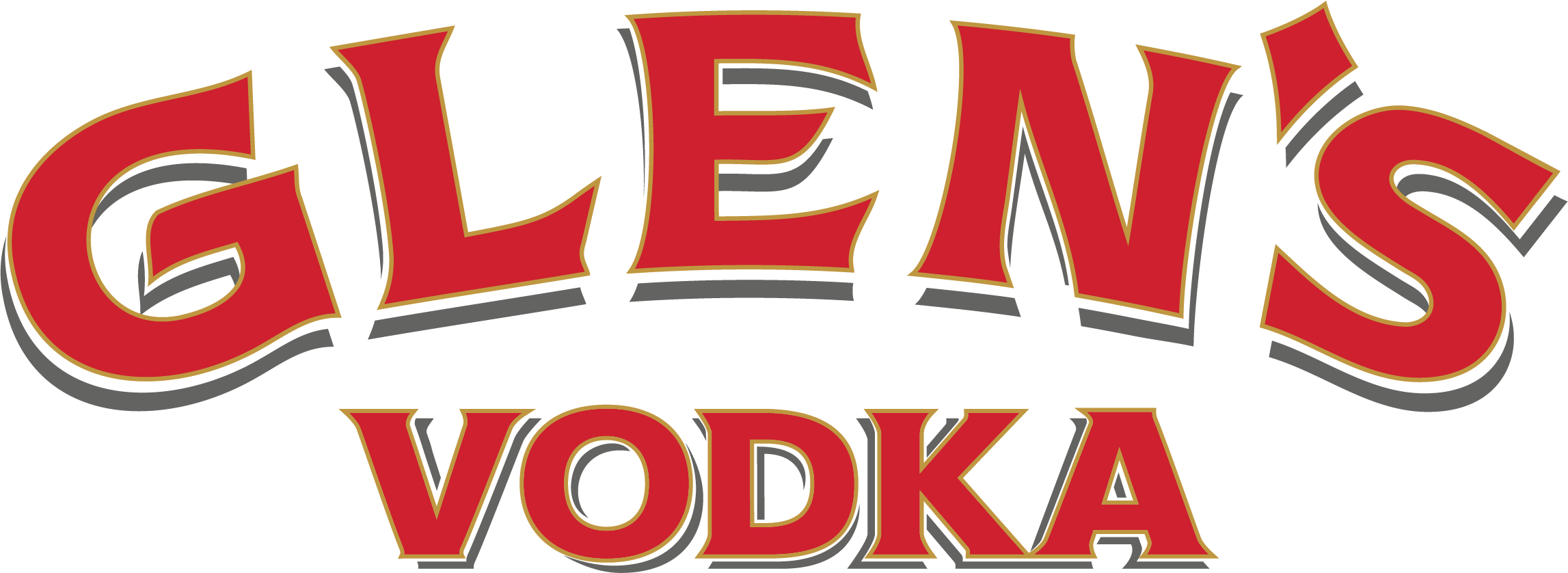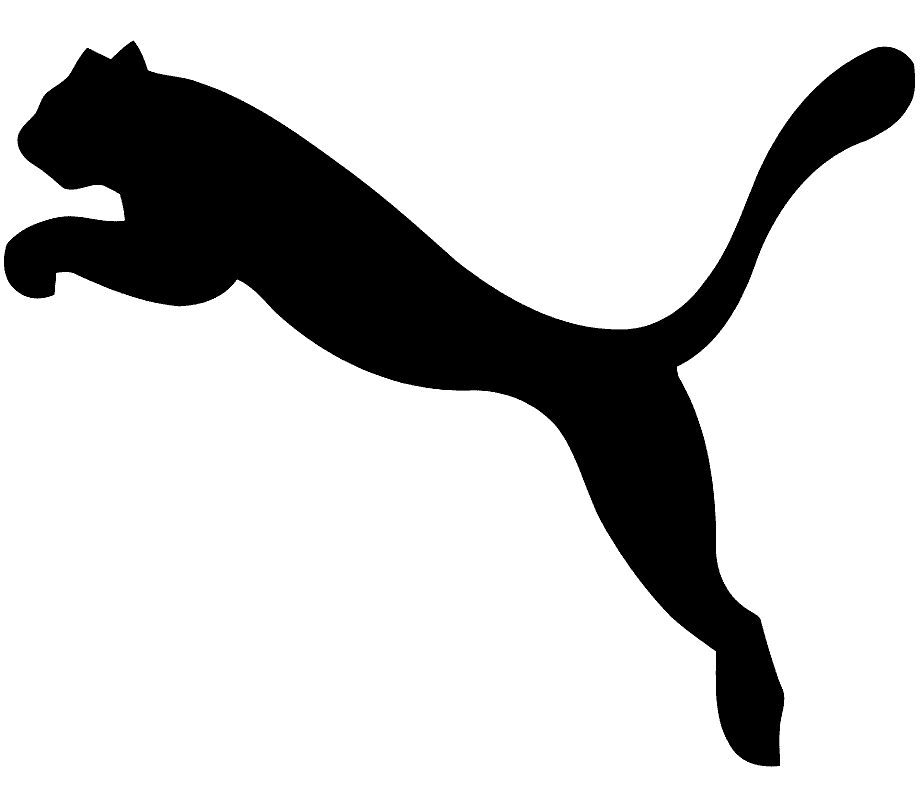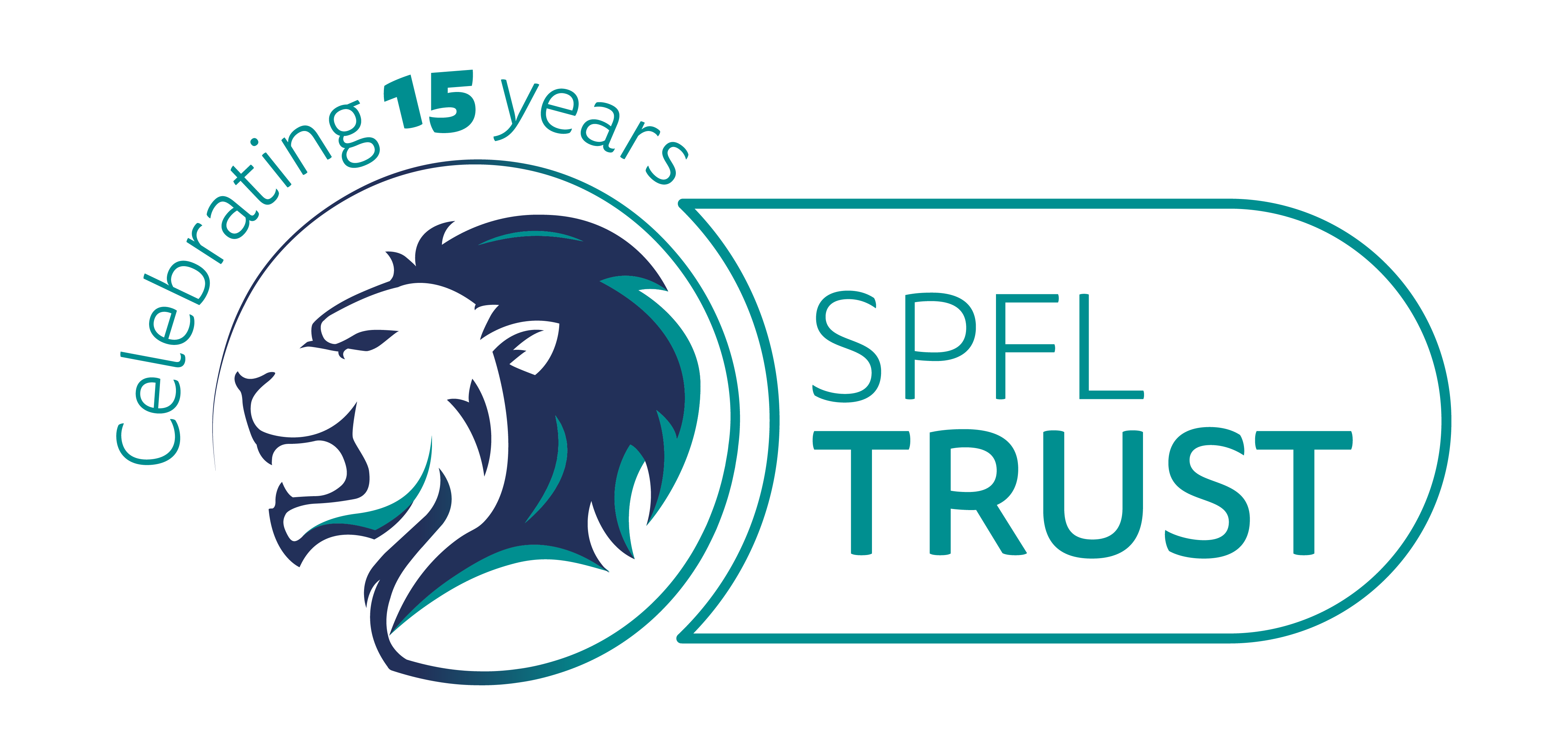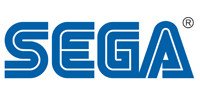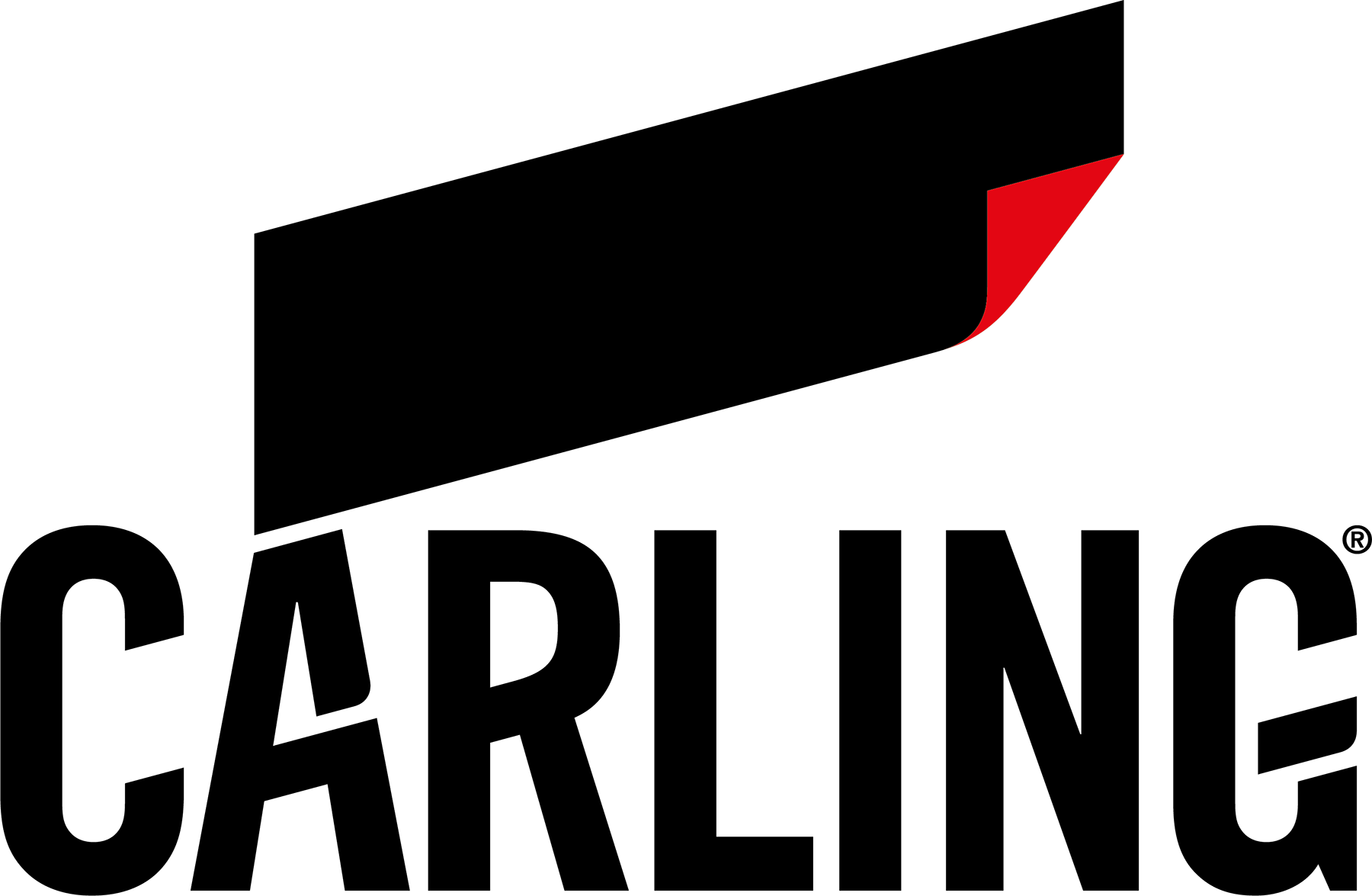Last weekend the SFL brought you details of actor Simon Weir’s plans to bring football back to the Glasgow ground where his great-grandfather had played 94 years ago. Weir has started painstaking work in restoring Cathkin Park, the former home of Queen’s Park and Third Lanark, with the aim of ensuring that Scotland retains it as an example of our sporting heritage.
 This week Third Lanark Club historian Bert Bell went to meet Weir at Cathkin and fill in some gaps in his knowledge about the home that the Hi Hi used from 1903 to 1967.
This week Third Lanark Club historian Bert Bell went to meet Weir at Cathkin and fill in some gaps in his knowledge about the home that the Hi Hi used from 1903 to 1967.
The duo started off by walking what is commonly referred to nowadays as ‘trackside’ along where the Main Stand used to be.
Bell advised, “Third Lanark was a club full of ironies and where we are standing now is one of the biggest. A new grandstand had been promised in the forties and fifties but never materialised but a really nice stand was built for season 1962-63. It housed five to six thousand fans and would be full when Rangers and Celtic visited. Of course the irony was that it was built far too late, especially when you consider what went on over the next few years until the club’s demise in 1967.”
The duo kept on walking to the sight of the Pavilion where the players would get stripped for action with Bell saying, “The Pavilion had a unique style and it was the butt of many jokes. There is a great picture of it with manager George Young and the first team squad, however there were three players missing from the line up but they got themselves in the picture.”
Bell explained, “The three players were known as the Cathkin Rebels as they had not signed their new contracts and they were not allowed in the team picture. They were watching their team-mates being photographed from the balcony on the Pavilion and can clearly be seen in the background.”
Weir and Bell carried on to the banks of terracing that still put their arms around three quarters of the pitch with Bell saying, “The terracing you see know is half the size it was in Third’s hey-day. The record attendance is 45,544 for a cup-tie against Rangers in February 1954 and I reckon that during my time following Thirds the ground could have held 60,000 at a maximum.”
John Weir graced Cathkin in 1916 and his great-grandson Simon asked what the stadium would have been like when the inside-right scored a hat-trick on his debut against Aberdeen.
Bell said, “The terracing would have been here as would have been the Pavilion, however it would have been the old wooden stand that was in place. Crowds at that time were about 20,000 to 30,000 for big matches so it is likely that a good few thousand were pleased with your ancestor’s efforts.”
The authority on Thirds counts the events of Saturday, April 29 1961 as the greatest day he enjoyed at the club as Hibernian visited and went home on the end of a 6-1 defeat. It was not so much the win that was important but the six goals scored on that final league Saturday had ensured that Thirds scored a century of goals that season.
Bell explained, “There were lots of good times for Third Lanark and they were a successful club. They were original members of the Scottish Football League in 1890 and during that time until their final game in 1967 they had only been out of the top league for twelve seasons during 87 years.”
“I have many happy memories however Hibs in 1961 is very special. Thirds had scored 94 goals in the league before that game and the bookmakers were offering long odds that they would get to the three figures but this was the finest side Cathkin had seen in two or three decades. The forward line of Goodfellow, Hilley, Harley, Gray and McInnes was sensational and we were winning 5-1 with just 8 minutes left to get that elusive one hundredth goal.”
Ronnie Simpson, who was to go on and become a Lisbon Lion with Celtic six years later, was in goal for Hibs and it was rather ironic that as a former Third’s shot-stopper he played a hand in conceding the historic goal.
Bell explained, “Dave Hilley was flattened by Simpson in the box to concede a penalty and Alex Harley, who had been incredibly loyal to the club, knocked home the penalty and Cathkin went mad. We finished third in the league that season behind Rangers and Kilmarnock with Celtic in fourth place. We do keep it quiet that we let in eighty goals all the same.”
Few present that day would have thought six years later that the club would be no more and Bell reckons that, in the excitement of all the good things that went on in 1967, the demise of Third Lanark slipped under the radar without too much of an outcry.
The club historian said, “Celtic had won the European Cup, Rangers were in the Final of the Cup Winners Cup, Kilmarnock made the semi-finals of the Fairs Cup and Scotland defeated the then World Champions, England 3-2 at Wembley. There was so much for people to be excited about that my team was allowed to slip away.”
SFL Operations Director David Thomson was a regular at Cathkin when he was growing up and he said, “I was at the last ever home game there in April 1967 which was a 3-3 draw with Queen of the South. Queen’s Park were their great rivals and I was also at the game on January 2 that year at Hampden when Queen’s won 3-1. Looking back, I can only say it was a disaster that Third Lanark went out of business without any great storm of protest.”
Weir was keen to know what the playing conditions for his proposed Scotland and England Pro-Celebrity game would be like in comparison to the ones experienced by Thirds players and Bell advised, “The pitch is a good few yards shorter now that it used to be at both ends and that probably is a result of it being used by amateur teams. The goalposts are different but the playing surface is still good and that is probably due to the foresight of the club’s Board in the 1930’s.”
Bell explained, “The board in 1935 were an astute group and they imported playing turf from Sweden and from not long after that until the early sixties Cathkin was recognised as the best playing surface in Scotland so you should be alright there.”
Away fans tended to congregate at the North End of the ground with Bell explaining, “They would be there as that tended to be the easiest end to arrive at if you were travelling to Glasgow especially with the Crosshill train station close by. Third Lanark fans would use the South end but in those days you could swap ends at half time, although you would wait to see how the game was going before doing that.”
Bell, now 80, wrote a history of the club, ‘Still Seeing Red’ in 1996 finished by saying, "It would be great if Simon's plans help create a more permanent reminder of the role Cathkin played come to fruition and I wish him well on his quest.”
Further details on Third Lanark can be found at Bert Bell’s website at http://www.thirdlanarkac.co.uk/
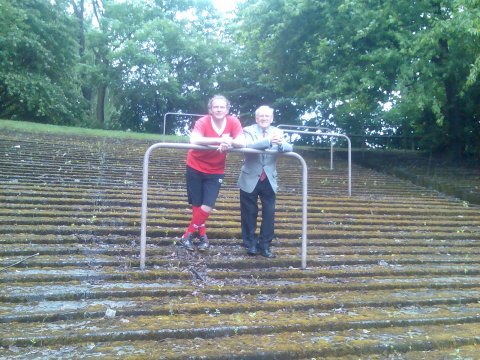




.png)
